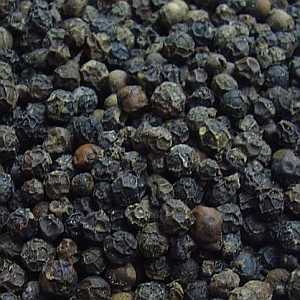All that you need to know about black cardamom
Black cardamom is termed as greater cardamom and in Sanskrit it is termed as Brihad ela. Its Botanical name is Amomum subulatum which is an herb mentioned in Ayurveda. It is very useful to treat any kind of pain, increase appetite, eradicate bad odor, treat nausea and skin disease. It is also known as puta in Sanskrit due to its pod like shape and size.
Brihad ela or black cardamom is a short plant that grows up to a height of 1-1.5 meters in the Himalayan regions of Northeast India, Assam and Bengal. The flowers of the plant are densely formed and whitish. The fruit pods are near about 2-3-centimeter-long and are reddish brown in color.
Black Cardamom: chemical composition
The seed of black cardamom contains some important elements like cardamomim, petu-nidin-3, a flavonoid alpinetin, leucocyanidin glucoside and 5-diglucoside. Essential oil prepared with this seed contains cineole.
Various uses of black cardamom
- Cold infusion found in the seeds of black cardamom can be used for gargling to cure diseases related to oral cavity like inflammation of gums, dental caries, etc.
- If you apply the paste of the seeds of Brihad ela on skin diseases like ringworm or eczema it will be treated faster.
- Headache can also be treated by applying the paste of the seeds of it.
- You can easily reduce foul breath by chewing the powder of the seed.
- You can also treat motion sickness and nausea by consuming the powder of black cardamom in a dose of 2 to 3 g.
- Using the cold infusion of Brihad ela (black cardamom) in a dose of 10-15 ml you can treat distention, anorexia and indigestion.
- The powder of the seed is mixed in a dose of 3-5g with honey to treat cough.
- Prepare an oil mix with seeds of black cardamom and apply it over the body parts having swelling and pain.
- Make a paste with the seeds of black cardamom and apply it over external pile mass in order to reduce it.
- The seeds are used to prepare an aromatic oil that can be used to treat sinusitis.
Bottom line
No grave side effects are indicated by the use of Black cardamom. However, persons suffering from hyper acidity must minimize the usage. Excess use of the same might cause mouth ulcer and hyper acidity. Apart from the above mentioned uses, some Ayurveda medicines are there where black cardamom is used as an ingredient.









